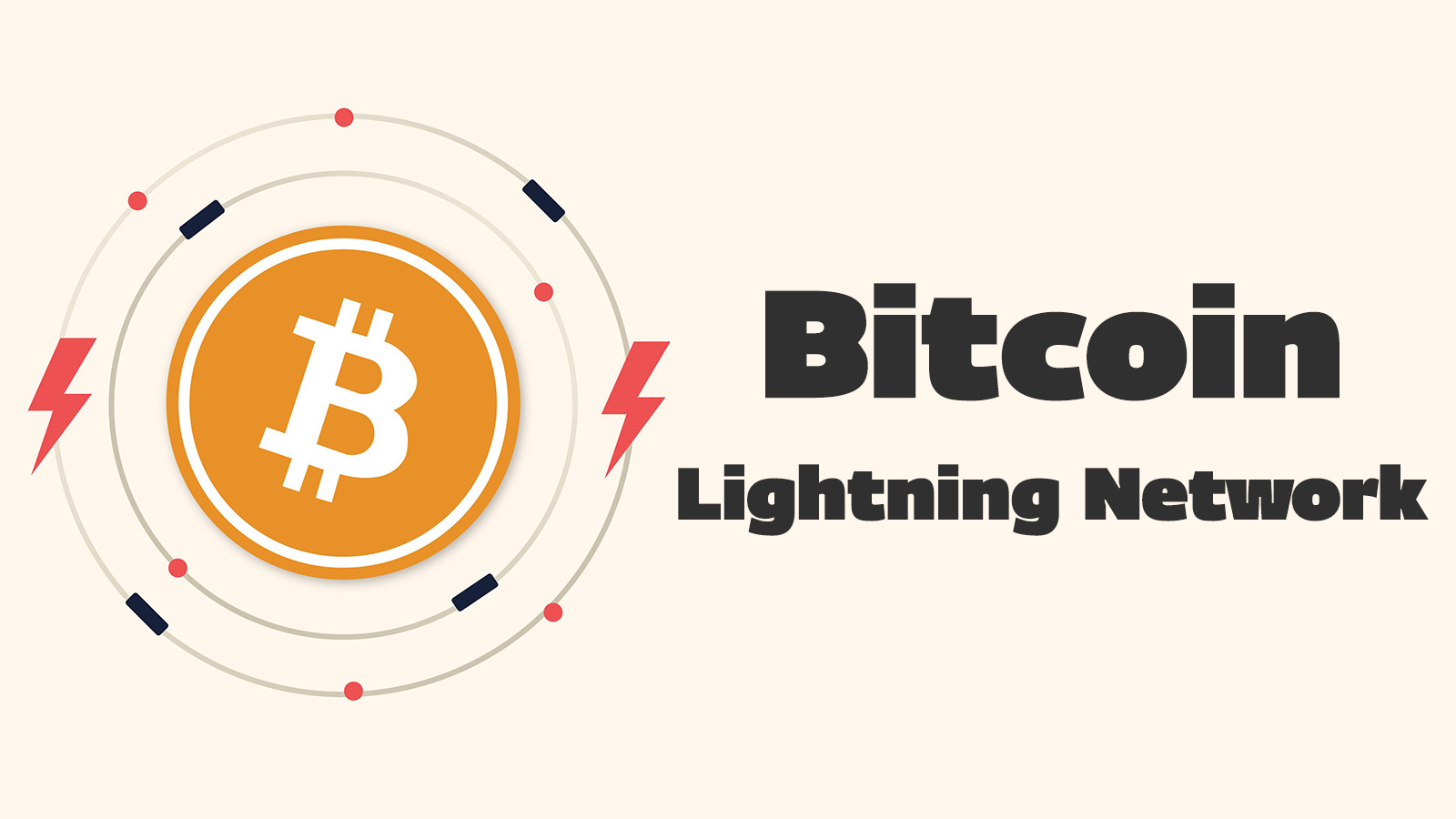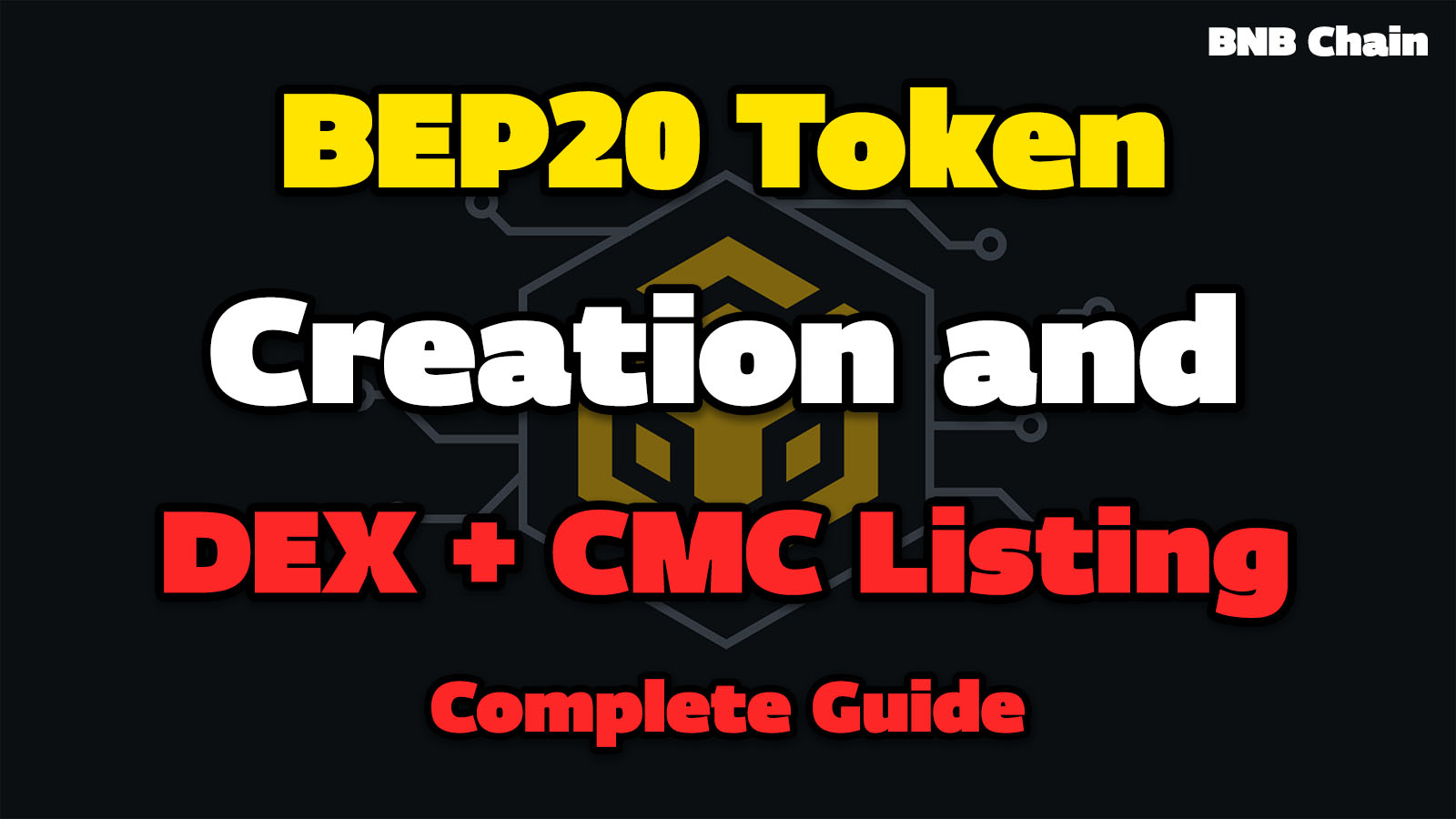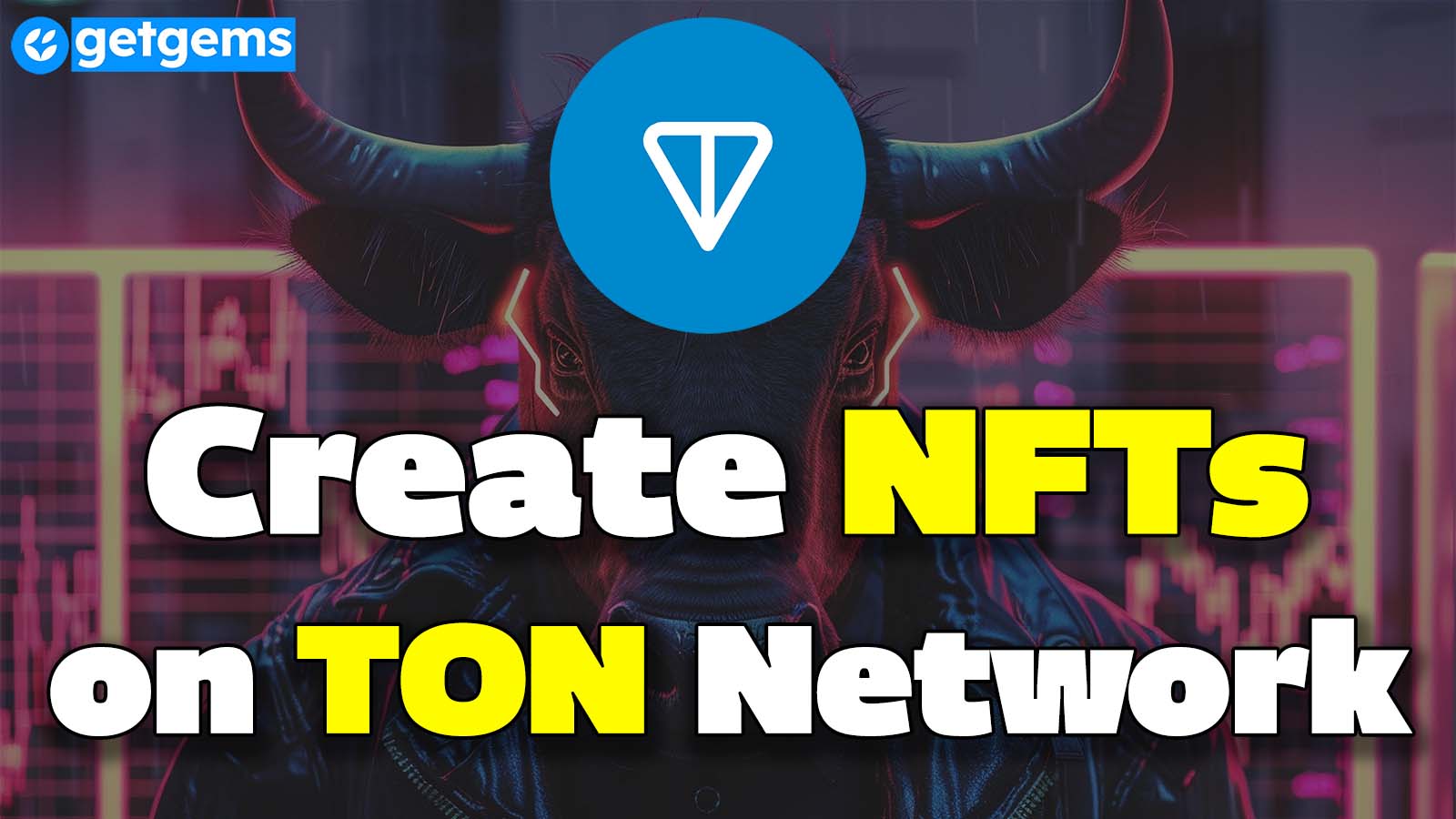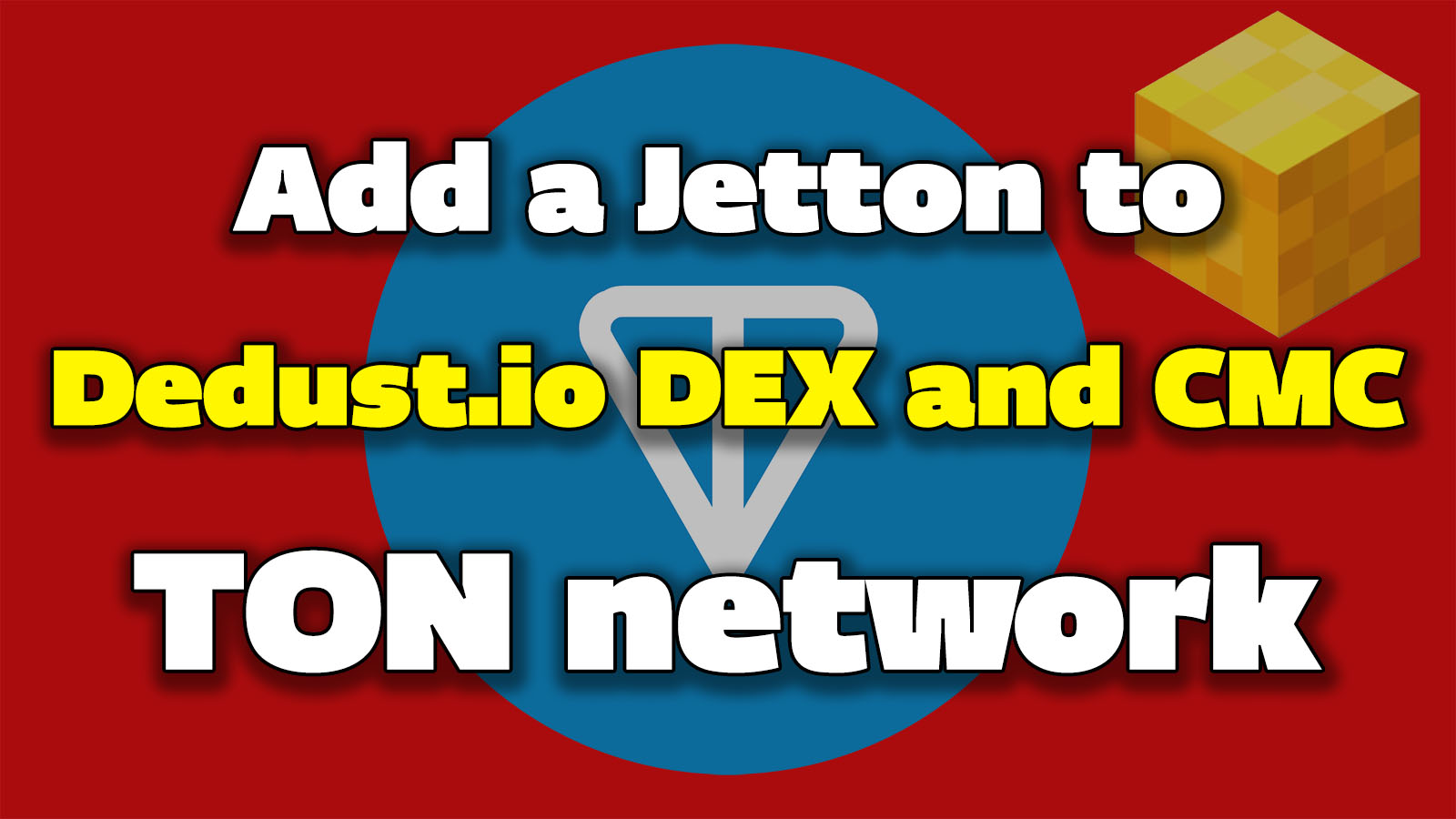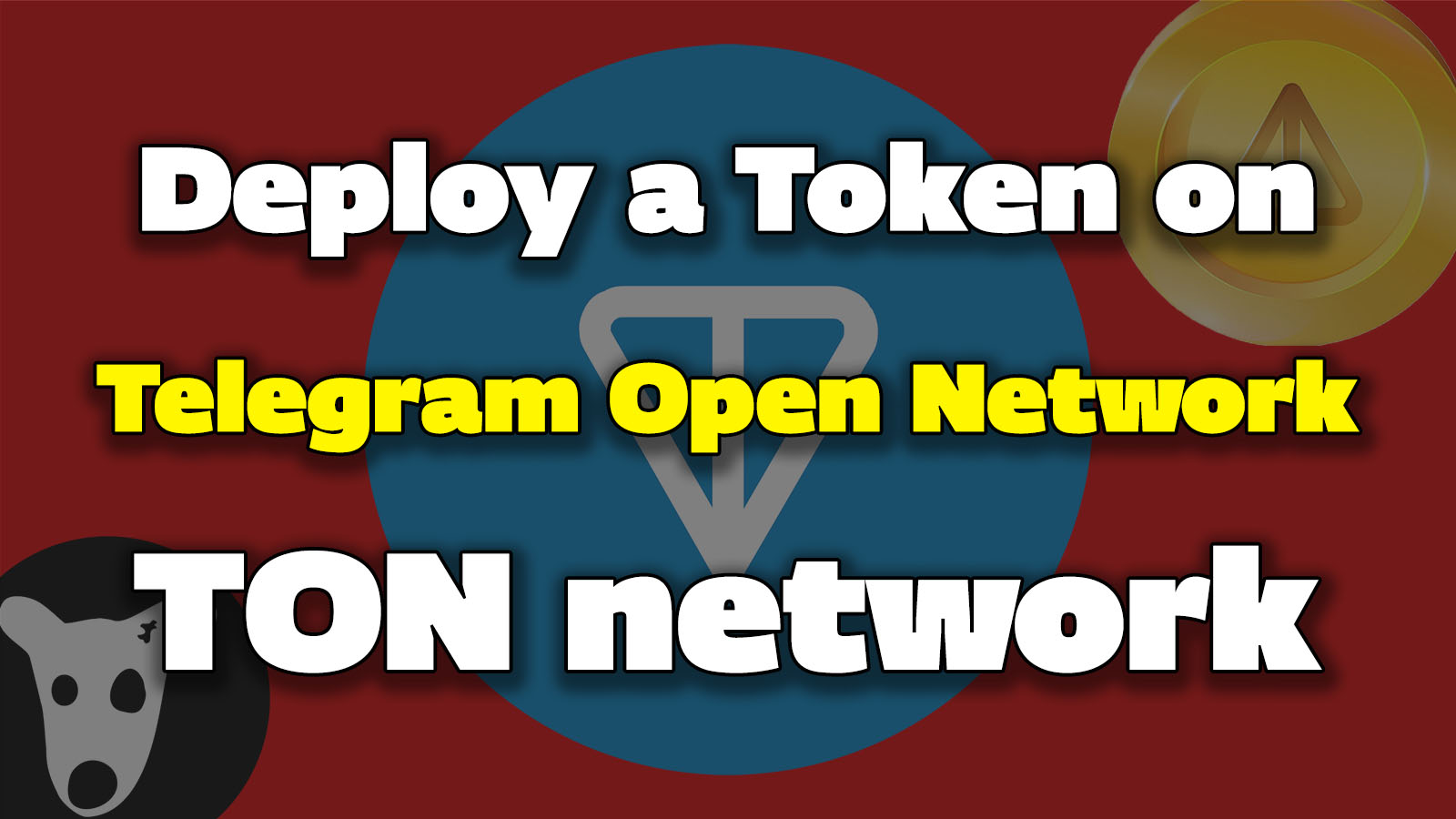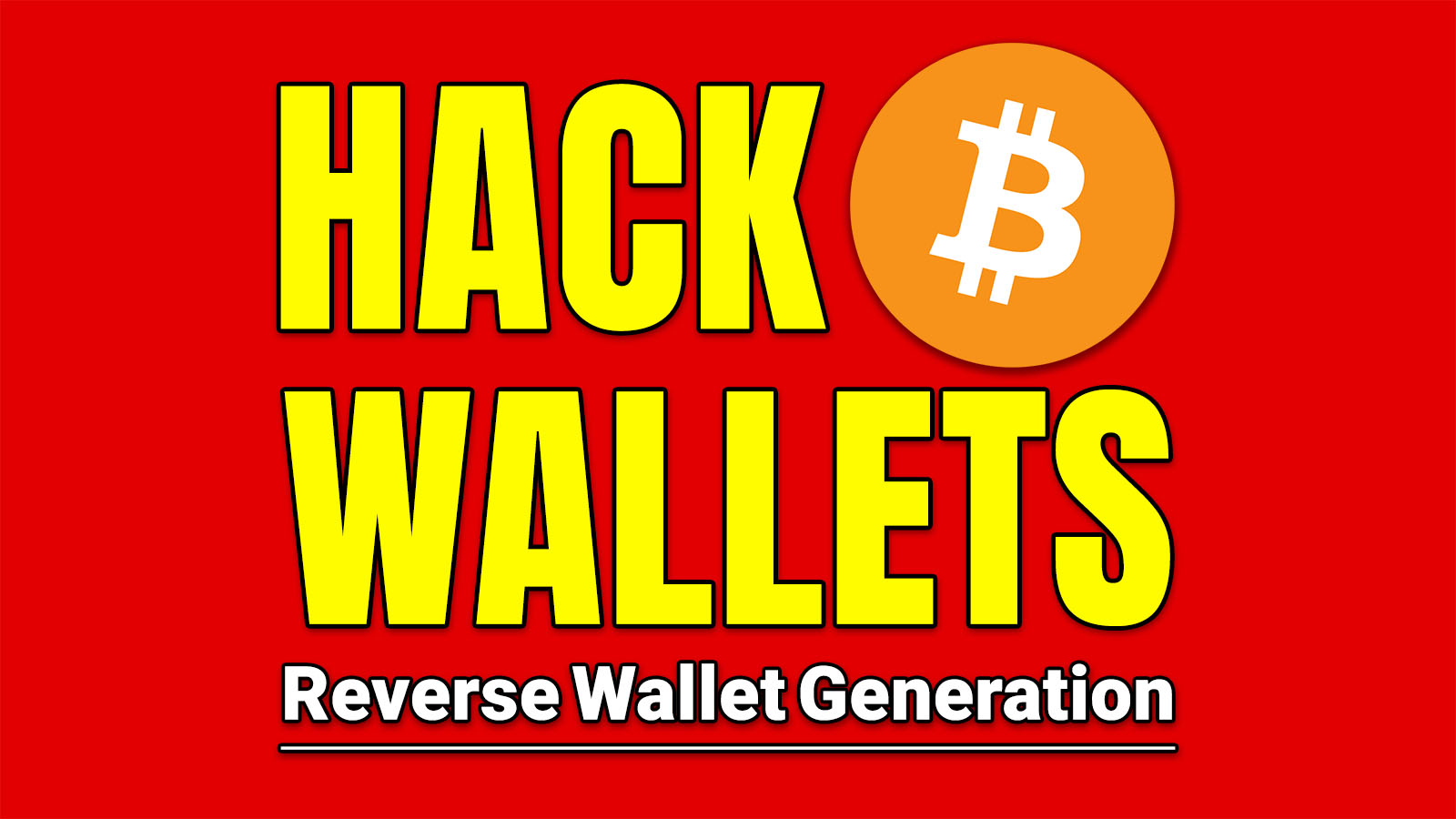An article from the Bitdemy website about the Bitcoin Lightning Network (Layer 2 technology) that makes Bitcoin payments faster and cheaper.
Bitcoin Lightning Network Definition
The Lightning Network allows users to send or receive Bitcoin quickly and much more cheaply by transferring transactions from the main blockchain.
The Lightning Network is designed to make Bitcoin transactions as fast and cheap as possible.
It is part of a newer class of cryptographic technologies called “layer 2” blockchains.
Some Use Cases for Bitcoin's Lightning Network
1. Twitter allows users to send and receive Bitcoin as a tip via the Lightning Network.
Through a Lightning Network-compatible payment app called Strike, many of Twitter's 360 million monthly active users can send Bitcoin payments to other Twitter accounts instantly and for free.
2. El Salvador was the first country to legalize Bitcoin transactions, saving Salvadorans an estimated $400 million annually in money transfer costs.
The wallet created by the government of El Salvador, called Chivo, is Lightning compatible and designed to enable seamless cross-border payments. Chivo Wallet is one of the most popular apps in El Salvador.
3. A peer-to-peer Bitcoin exchange called Paxful, which processes millions of dollars in Bitcoin transactions in emerging markets and claims to have 1.5 million users in Africa alone,
recently announced that it would enable Lightning payments. The integration could enable fast and cheap Bitcoin payments for millions of users.
The necessity of the Lightning Network
When Satoshi Nakamoto first described Bitcoin in a whitepaper in 2008, he used the phrase “peer-to-peer electronic cash” – suggesting that the digital currency might one day become a popular way for people to pay for goods and services online.
But as Bitcoin’s value has increased over the years, that has changed. We now tend to think of Bitcoin more like “digital gold” – or as an inflation-resistant way to store wealth over time.
Why is this the case? Partly because of the way the Bitcoin network is designed. Bitcoin allows two strangers to send or receive money without a credit card company or payment processor in the middle.
It does this using a decentralized network distributed across the world – all of which must reach consensus (or agreement) on the current state of Bitcoin’s digital ledger.
Nakamoto's solution to this problem was mining, which can be a time-consuming process.
The Lightning Network was invented in part to help Bitcoin function more like the digital cash Nakamoto intended. It processes “off-chain” transactions much faster and cheaper than on the main Bitcoin blockchain – with fees that are typically a fraction of a cent.
Bitcoin Lightning Network transactions also require less energy than transactions on the main blockchain.
While the main Bitcoin blockchain (Layer 1) can typically handle less than 10 transactions per second, the Lightning Network (Layer 2) can theoretically handle millions of transactions per second.
Recommended article: Differences between coins and tokens
How does the Lightning Network work?
The Lightning Network uses smart contracts to create off-blockchain payment channels between pairs of users. Once these payment channels are established, funds can be transferred between them almost instantly.
For example, if user A has a channel with user B and user C has a channel with user B but user A does not, funds can still be freely transferred between all parties in the network.
Lightning addresses look like regular Bitcoin addresses, and the payment process for users is very similar.
At any time, users can close their payment channels and settle their final balances on the main blockchain.
Only the opening and closing of payment channels are recorded on the main blockchain. Additionally, Lightning Network transactions can be more private than those made on the main blockchain (since Layer 1 transactions all appear on a public, transparent ledger).
Getting Started with Bitcoin Lightning Network
If you want to make a transaction using the Lightning Network, you need to send some Bitcoin to a Lightning-compatible wallet.
There are dozens of wallets to choose from. Popular options include “custody” and “non-custodial” wallets.
Some wallets that support this technology:
Wallet Muun
Wallet Breez
Wallet Phoenix
Wallet Zap
and...
Recommended video: Tutorial on creating NFTs on the Ton Network

